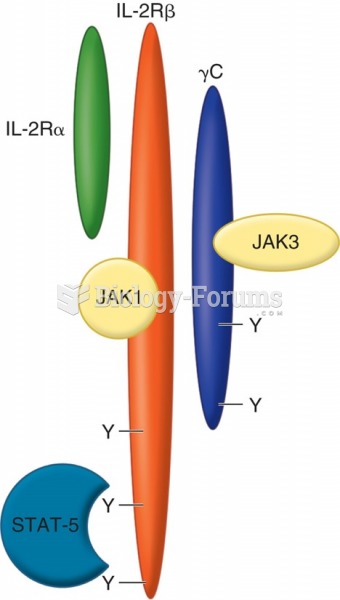Answer to Question 1
Answer: The basic theory that informed the experiment was that dogs who find themselves in a situation in which they were exposed to aversive stimuli (electro-shocks, in this case) that they have no means of reducing, eliminating, or escaping will come to develop a cognitive expectation that their actions in this situation are futile, which is the very definition of learned helplessness. Their experiment had three conditions, or levels of the independent variable (ability to avoid the aversive stimulus). In one condition, a group of dogs were in a cage that would occasionally deliver electro shocks to their feet, but there was nothing they could do about it (Inescapable Shock condition). In a second condition, the dogs also received shock, but they could turn the shock off by touching a panel with their heads (Escapable Shock condition). A third group was a control condition in which the dogs had no experience with shock. The dependent variable was in their response to a test. All of the dogs, one at a time, were placed in an apparatus that would deliver shock, but from which they could easily and obviously escape by jumping over a short wall. Clearly, the dependent variable is designed to measure learned helplessness. Dogs who had previous experience learning how to turn off the shock were all able to learn this new procedure for avoiding the shock. 75 of the dogs with no previous experience with this ability were unable to learn the new task. This suggests that the Inescapable Shock group had learned expectations, cognitive concepts that reduced their ability to learn in this situation.
Answer to Question 2
Answer: The student has a number of examples and research findings to draw upon. A good answer will address the overall trend of research findings with one example. Overall, the research presented in the book suggests that individuals with an internal locus of control are more likely to feel that their actions will have an effect and, therefore, are more likely to take a variety of action, including political, academic, work, health, etc. In all areas, individuals with an external locus of control seem to assume that their actions would be of little value and so they tend to wait on events. In the area of health behavior, internals are more likely to wear seatbelts, quit smoking successfully, use birth control, take medications, and take preventative and early detection steps, all of which increase the likelihood that they will experience good health.







